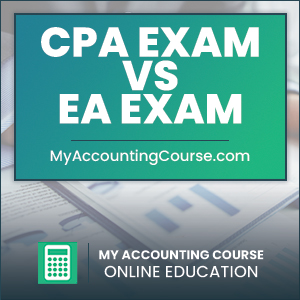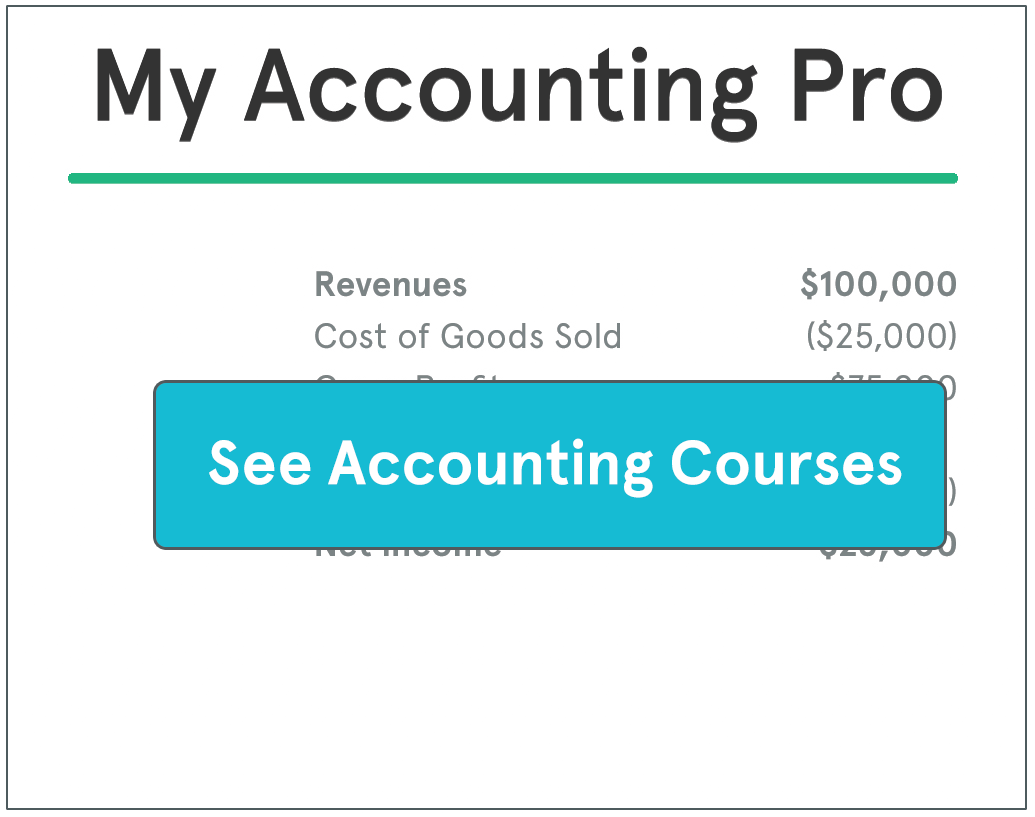 The Certified Public Accountant (CPA) Exam and the Enrolled Agent (EA) Exam are two prominent certifications in the financial and tax professions. Both credentials signify expertise and open doors to rewarding career opportunities, but they cater to distinct roles and responsibilities.
The Certified Public Accountant (CPA) Exam and the Enrolled Agent (EA) Exam are two prominent certifications in the financial and tax professions. Both credentials signify expertise and open doors to rewarding career opportunities, but they cater to distinct roles and responsibilities.
Understanding the differences between the CPA and EA exams is crucial for choosing the path that aligns best with your career goals.
This guide provides a detailed comparison of the CPA Exam and the EA Exam, focusing on their purpose, structure, content, and career opportunities.
Overview of the CPA Exam
Contents
The CPA Exam is a licensure exam administered by the American Institute of Certified Public Accountants (AICPA). It assesses a candidate’s proficiency in accounting, auditing, taxation, and business concepts, qualifying them to work as a Certified Public Accountant.
Structure of the CPA Exam
The CPA Exam is divided into four sections:
- Auditing and Attestation (AUD): Covers auditing procedures, ethics, and professional responsibilities.
- Business Environment and Concepts (BEC): Focuses on business operations, economics, and written communication.
- Financial Accounting and Reporting (FAR): Involves financial reporting standards and accounting for various entities.
- Regulation (REG): Examines taxation, business law, and ethics.
Each section lasts four hours, totaling 16 hours of testing. Candidates must pass all four sections within an 18-month rolling window.
Eligibility Requirements
To sit for the CPA Exam, candidates typically need:
- A bachelor’s degree.
- 150 credit hours of education, including accounting and business coursework.
Exam Focus
The CPA Exam emphasizes technical accounting knowledge, problem-solving, and the application of accounting principles to real-world scenarios. It includes multiple-choice questions, task-based simulations, and written communication tasks.
Overview of the EA Exam
The EA Exam, also known as the Special Enrollment Examination (SEE), is administered by the Internal Revenue Service (IRS). It certifies individuals to represent taxpayers before the IRS, focusing exclusively on taxation.
Structure of the EA Exam
The EA Exam consists of three parts:
- Part 1: Individuals: Covers income and deductions for individual taxpayers.
- Part 2: Businesses: Focuses on taxation for corporations, partnerships, and sole proprietorships.
- Part 3: Representation, Practices, and Procedures: Examines IRS practices, taxpayer representation, and ethics.
Each part contains 100 multiple-choice questions and lasts 3.5 hours. Candidates can take the parts in any order and have two years to complete all three.
Eligibility Requirements
There are no specific educational or experience requirements to take the EA Exam, making it accessible to a broader range of candidates.
Exam Focus
The EA Exam emphasizes tax laws, regulations, and procedures. It assesses a candidate’s ability to prepare tax returns and represent clients in dealings with the IRS.
Key Differences Between the CPA and EA Exams
Purpose
- CPA Exam: Certifies individuals to work as licensed public accountants, focusing on accounting, auditing, and taxation.
- EA Exam: Certifies individuals to represent taxpayers before the IRS, focusing solely on tax-related matters.
Structure
- CPA Exam: Four sections completed over an 18-month period.
- EA Exam: Three parts completed within a two-year period.
Content
- CPA Exam: Covers external financial reporting, auditing, regulatory compliance, and taxation.
- EA Exam: Focuses exclusively on federal tax laws, procedures, and taxpayer representation.
Career Pathways
- CPA Certification: Leads to roles in public accounting, auditing, taxation, corporate finance, and consulting.
- EA Certification: Opens doors to tax preparation, tax advisory services, and representing clients before the IRS.
Preparation for Each Exam
CPA Exam Preparation
Preparing for the CPA Exam typically involves:
- Review Courses: Comprehensive study materials, including video lectures, practice questions, and task-based simulations.
- Time Commitment: Hundreds of study hours over six to 12 months.
- Focus: Mastering technical accounting concepts and applying them to practical problems.
EA Exam Preparation
Preparing for the EA Exam generally involves:
- Tax Law Resources: Candidates rely on IRS publications, tax guides, and practice exams.
- Time Commitment: 50-100 hours of study per part, depending on prior tax knowledge.
- Focus: Understanding federal tax laws, regulations, and IRS procedures.
Pass Rates and Difficulty
CPA Exam
The CPA Exam has a pass rate of approximately 50% per section. Its difficulty lies in the breadth of content, technical nature, and the 18-month window to pass all sections.
EA Exam
The EA Exam has a pass rate of about 70-80% per part. Its challenge stems from its focus on detailed tax laws and the need for precise knowledge of IRS procedures.
Costs Associated with Each Exam
CPA Exam
Costs include:
- Application fees.
- Exam fees for each section.
- Review course expenses.
Total costs typically range from $1,500 to $3,000.
EA Exam
Costs include:
- Exam fees for each part.
- Study materials and prep courses.
Total costs range from $600 to $1,200, making it more affordable than the CPA Exam.
Choosing the Right Path
The decision between the CPA Exam and the EA Exam depends on your career goals:
Choose the CPA Exam if you are passionate about accounting, auditing, and financial reporting. It’s ideal for those aiming to work in public accounting firms, corporate finance, or consulting.
Choose the EA Exam if you aspire to specialize in taxation, represent clients before the IRS, or provide tax advisory services. It’s suited for professionals focused on federal tax matters.
Bottom Line
The CPA Exam and the EA Exam cater to different professional aspirations, with the former focusing on a broad range of accounting and auditing topics and the latter emphasizing taxation and IRS representation. Both certifications are highly respected and require dedication and preparation.
By understanding their differences, you can align your career goals with the right certification, paving the way for success in the dynamic fields of accounting and taxation.


